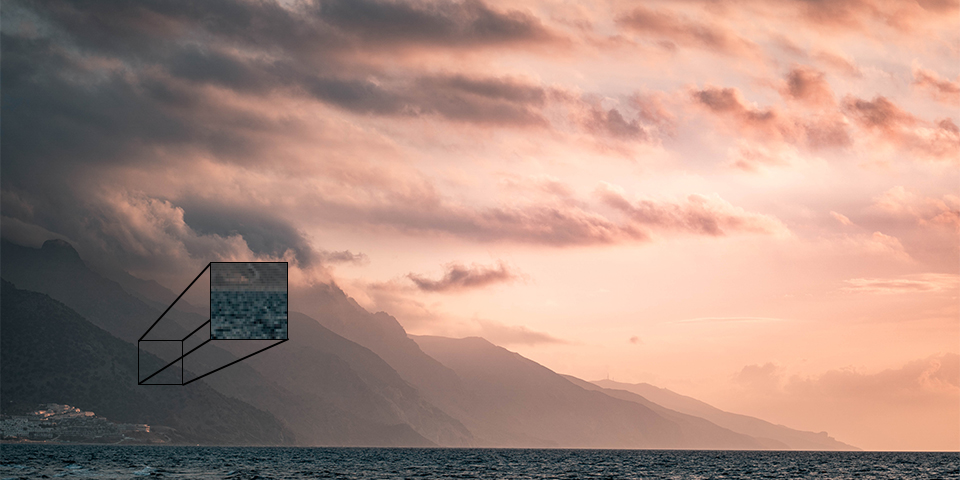
RAW vs JPEG in Photography: Which One Should You Choose?
 Vlad Manea
Vlad Manea
In photography, the file format you choose can significantly influence your workflow and the final image quality. RAW and JPEG are the two primary formats available, each with its unique strengths and limitations. Understanding their differences will help you make an informed choice.
What Is a RAW File?
A RAW file is an unprocessed image file that preserves all the data captured by your camera’s sensor. Often referred to as a “digital negative,” RAW files provide maximum flexibility for post-processing.
Benefits of Shooting in RAW
- Higher Image Quality: RAW files retain more details and dynamic range, making them ideal for precise editing.
- Non-Destructive Editing: Editing RAW files doesn’t overwrite the original data, preserving quality even after extensive adjustments.
- Enhanced Control: Easily recover highlights, adjust shadows, and fine-tune white balance with RAW files.
Drawbacks of RAW Files
- Large File Sizes: RAW files require significant storage space on your camera and computer.
- Slower Workflow: Editing RAW files necessitates specialized software like Adobe Lightroom or Capture One, increasing processing time.
- Limited Compatibility: RAW files are proprietary to camera manufacturers and may require conversion for universal use.
What Is a JPEG File?
JPEG (Joint Photographic Experts Group) is a compressed and processed image format. Unlike RAW files, JPEGs are smaller, ready-to-use files with adjustments already applied.
Benefits of Shooting in JPEG
- Smaller File Sizes: JPEGs save storage space, making them easier to manage and share.
- Ready-to-Use: In-camera processing applies contrast, saturation, and sharpness, delivering files that are instantly usable.
- Universal Compatibility: JPEGs can be opened and viewed on virtually all devices and software.
Drawbacks of JPEG Files
- Reduced Image Quality: Compression results in a loss of detail and limited dynamic range compared to RAW files.
- Less Editing Flexibility: Over-editing JPEGs can lead to artifacts and degradation in quality.
- Limited In-Camera Adjustments: Relying on in-camera settings means less flexibility for corrections in post-processing.
RAW vs JPEG: Which Should You Choose?
- Choose RAW if your goal is to achieve the highest image quality and you plan to spend time editing your photos. This is particularly important for professional or artistic work.
- Choose JPEG when you need quick results, have limited storage, or are shooting casually without plans for extensive editing.
Shooting in Both Formats
Many cameras allow you to capture both RAW and JPEG simultaneously. This provides the flexibility of RAW for detailed editing and the convenience of JPEG for immediate sharing or quick use.
Conclusion
Both RAW and JPEG have their place in photography. RAW offers unparalleled control and quality, while JPEG provides speed and simplicity. By understanding their differences, you can select the format that best fits your shooting style and project requirements, ensuring you get the most out of your photography.